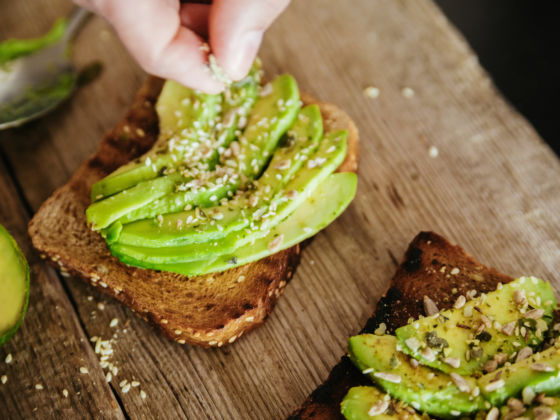Thanks to the global economy, someone in Indiana can go to the supermarket at any time of the year and buy a fresh avocado. Also thanks to the global economy, avocado farmers in Chile are exacerbating a regional drought with illegal pipes and wells in order to irrigate their fields. Avocados, along with other foods like almonds and coconuts, are increasingly becoming unsustainable as “healthy food” becomes more popular.


These 8 Trendy “Health Foods” Are Killing the Planet
CDA, an appliance manufacturer in the UK, recently gathered information on trendy “health food” to see how the popularity of different crops is impacting the planet. It looked at avocados, quinoa, soy beans, bananas, coconuts, chocolate, peanut butter, and almonds. The impact these foods have on the producing regions ranged from deforestation to child labor to drought. For many foods, it wasn’t the production itself, it was the sheer amount of production driven by popular health trends over the past decade.
Take avocados, for example. The US alone imported six times as many avocados in 2017 than it did in 2001. It takes 370 liters (97 gallons) of water to produce around three avocados, according to CDA. The overwhelming majority of avocados are grown in drought-prone areas of Mexico and California. As demand shot up and avocados became a superfood put on everything from toast to ice cream, a lot more water started going to avocado farms.
Each food had its own downfall. Soybean farmers are cutting into South American rainforests, coconut farms are replacing coastal mangrove forests, the chocolate industry pays an estimated two million children less than $1 a day — the list goes on.
Don’t take this as a call to stop eating healthy. Processed foods have their own issues and a troubling carbon footprint. Think of it instead as a nudge to eat local goods as much as possible. What and how people eat says a lot about a culture, making eating locally one of the best ways to learn about a place. Besides, do you really need that avocado latte?

Photo: CDA